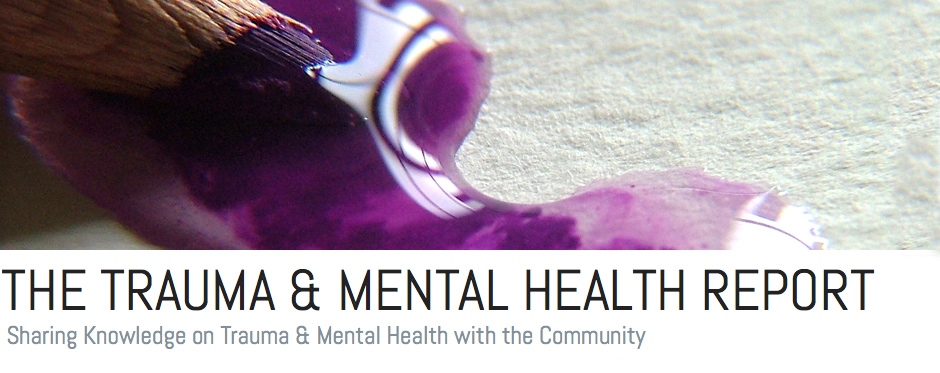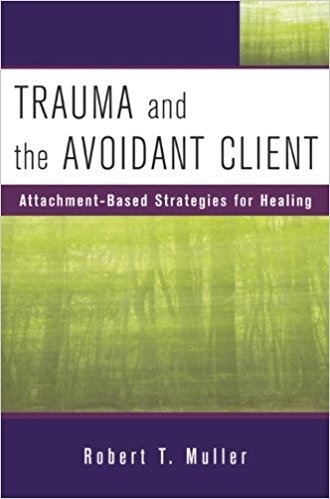
The Environment Effect: Cultivating Your Happiness
Dr. Julie’s YouTube Short, “Want To Be Happy? Don’t Make This Mistake,” delivers a powerful message about sustainable well-being through a simple yet effective analogy. The video uses the image of a fish in a toxic tank to represent a person living in an unhealthy environment. This environment could encompass various aspects of life, such as a stressful job, a negative relationship, or even a pattern of negative self-talk. The short’s key takeaway is that temporary escapes, symbolized by moving the fish to a clean tank for a break or vacation, offer only temporary relief. True and lasting happiness, like a fish thriving, requires addressing and cleaning up the toxic environment itself.
This analogy resonates deeply with the principles of psychology and self-care. It highlights the crucial distinction between coping mechanisms and fundamental solutions. While temporary escapes can provide much-needed respite and a chance to recharge, they don’t tackle the root causes of unhappiness. Relying solely on these escapes can create a cycle of temporary relief followed by a return to the initial state of distress. It’s like putting a band-aid on a deep wound – it might offer superficial protection, but it won’t facilitate healing.
The video’s message encourages a shift in perspective, urging us to look beyond quick fixes and delve into the underlying issues that contribute to our unhappiness. This requires introspection and a willingness to confront potentially uncomfortable truths about our lives. It’s about identifying the “toxins” in our environment, whether external stressors or internal patterns of thought and behaviour.
The short implicitly advocates for proactive change. Cleaning up the toxic environment isn’t passive; it requires conscious effort and a commitment to creating a healthier and more supportive life. This might involve setting boundaries in relationships, seeking a new job, practicing self-compassion, or even seeking professional help. The video’s brevity doesn’t allow for a detailed exploration of these strategies, but it effectively plants the seed for further exploration and action.
The beauty of the fish tank analogy lies in its accessibility. It’s a relatable image that transcends age, background, and specific life circumstances. The message is universally applicable: sustainable happiness isn’t about escaping our problems; it’s about transforming the environment in which we live. This transformation can be challenging, requiring courage, resilience, and a willingness to step outside our comfort zones. However, the potential rewards – a life characterized by genuine well-being and lasting happiness – are worth the effort.
In conclusion, Dr. Julie’s short is a potent reminder that true happiness stems from addressing the root causes of our distress, not merely seeking temporary escapes. It encourages us to take ownership of our well-being, to identify and eliminate the “toxins” in our lives, and to cultivate environments that support our growth and flourishing. The video’s concise message, delivered through a memorable analogy, is a valuable starting point for anyone seeking a more fulfilling and sustainable path to happiness.
Watch the full YouTube short here
Image Credits:
Featured Image: Sasha Freemind on Unsplash



